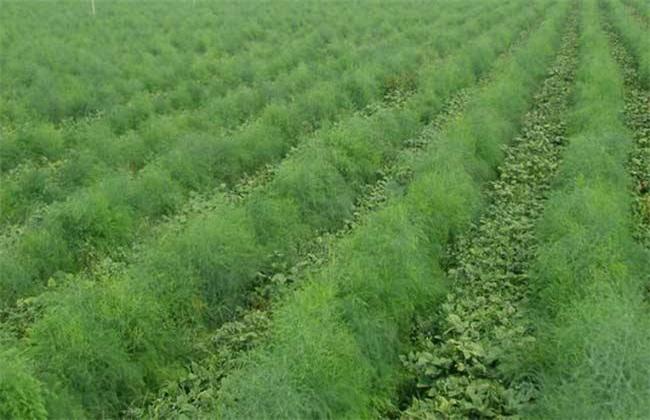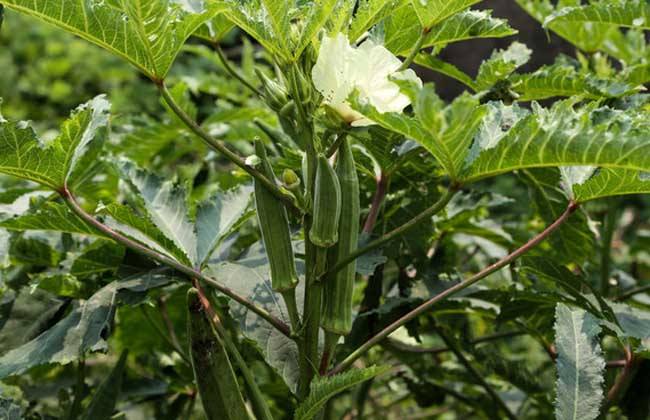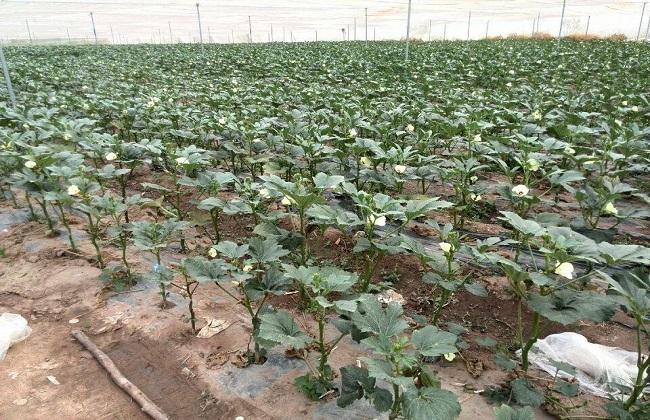Field management techniques of dragon beard
Asparagus is a kind of perennial wild vegetable with developed rattan stem, which can process Agar and has high nutritional value. At the same time, it can also be planted and sold with considerable economic value. So now it can also be artificially propagated and planted, in the whole planting process, it can be found that planting is only a step, and the management tube runs through the whole growth cycle, so the final quality and yield depends largely on management.

1. Weeding with seedlings
After the seedlings are unearthed, the weeds that occur between the seedlings should be pulled out in time before they grow up, and when weeds occur, they should be pulled out at any time. After the emergence of the seedlings, the seedlings should be removed, and the weak seedlings should be transplanted alone, or directly removed. Combined with pulling grass, you can loosen the soil with sticks between rows, which is beneficial to growth. When the seedlings grow to a height of about 10 centimeters, it is necessary to start the second seedling. The fast-growing seedlings can be first transplanted into the field, leaving the rest to continue to grow. Every time the seedlings need to be watered to avoid root damage.
II. Lighting management
The seedlings need a certain amount of light, but because of their own weakness, the external light is too strong for the seedlings. So you can build an arch shed in the seedbed, and a sunshade net can be built on the arch shed to block the strong light and reduce the sun exposure. It can avoid burns and loss of water. The sunshade seedlings should be covered until they are ready to be refined before they can be removed.
Third, fertilizer and water
Asparagus has a weak root system, so its drought tolerance is weak, so it is necessary to maintain enough wetness and grow well, so it is necessary to water and moisturize every day after the seeds are unearthed. Then begin to apply some human and animal manure when it grows to 2 to 4 centimeters, but it must be sterilized and cooked after it is diluted with water. The amount of fertilizer applied per mu is between 50 jin and 100 jin. The main application of nitrogen fertilizer, do not use chemical fertilizer, you can add some superphosphate and potassium nitrate fertilizer. Then when it grows to 6 centimeters, it will be applied again, basically the same as the first time.
IV. Planting soil
The soil chosen at the beginning must be deep and fertile, but sometimes the natural conditions are not enough, so it is necessary to suddenly change the soil before planting. For example, dig away the soil gravel, improve the soil to plant, dig some fertile soil, and then add leaf compost to mix, test a certain pH is suitable before planting. When there is a lack of trace elements in the soil, fertilizer should be sprayed outside the root in time. When soil consolidation occurs in the middle planting, the soil must be loosened in time to maintain a good soil structure.
In general, the management of the above contents needs to be taken into account in the cultivation of vegetables, but the specific management content we need to do when planting asparagus is different, and we need to make certain adjustments according to the health characteristics of asparagus. Only with such targeted management can we do a good job in management.
Related
- Where is it suitable to grow horseradish in China? it is expected to see the middle altitude horseradish in Alishan.
- How to prevent tomato virus disease reasonably? (Control methods included)
- Many people like to plant towel gourd on the balcony. What are the main points of this method and management?
- What crops can chili peppers be mixed with?
- Fertilization techniques and matters needing attention in Tomato
- What are the grafting techniques for peach seedlings in spring?
- Harm and control methods of root swelling disease of Chinese cabbage
- What are the pests of sweet potatoes? How to prevent and cure it?
- Symptoms, causes and Control methods of navel Rot in Tomato
- The cause of "Cucumber rotten bibcock" in Farmers' planting Cucumber and its Control Plan



